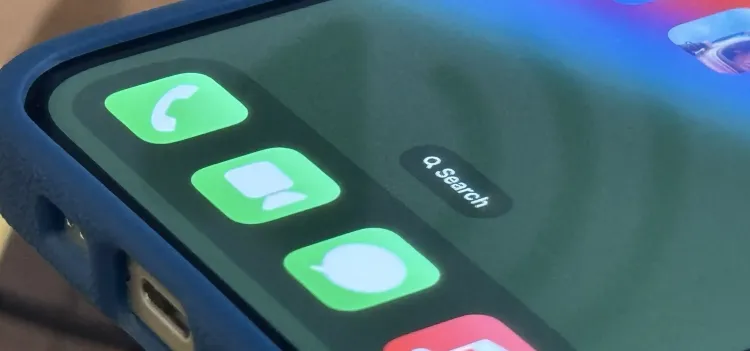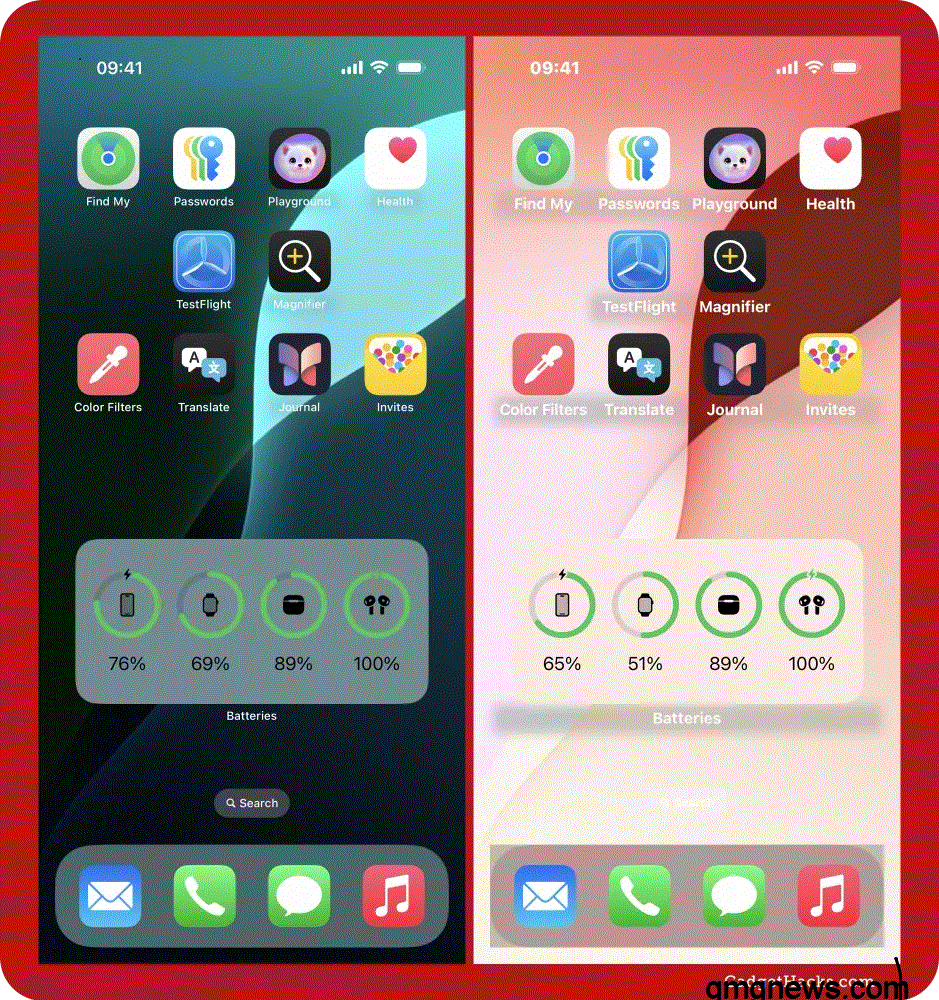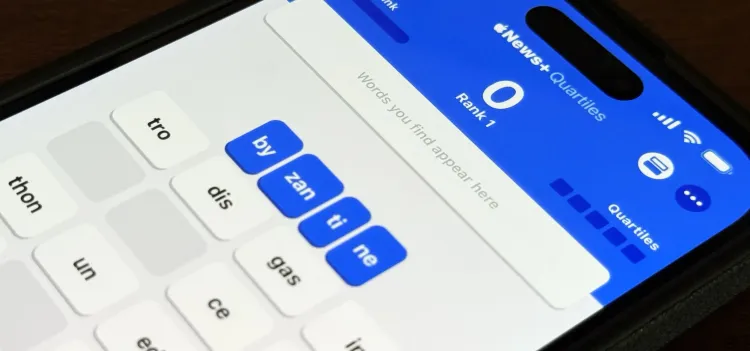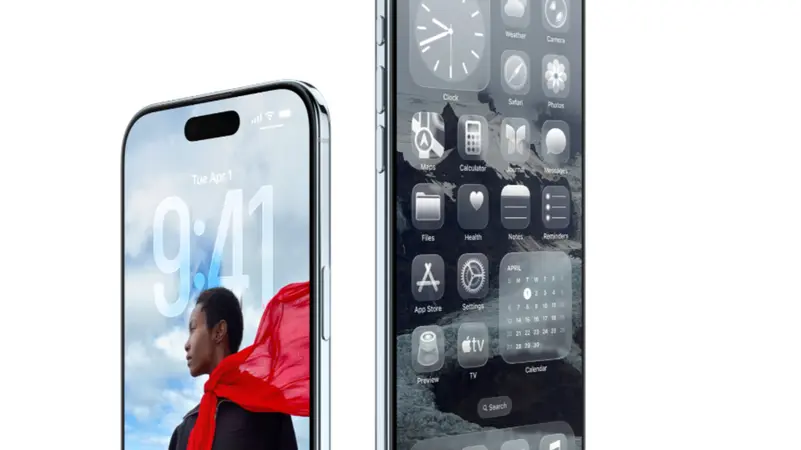Are Self-Healing Phones Coming Soon?!

Imagine a smartphone that repairs its own scratches and minor cracks automatically. Self-healing technology, once a concept from science fiction, is now approaching reality. Researchers and tech companies are developing materials and coatings that allow smartphones to recover from daily wear and tear, potentially extending device lifespan. For more tech updates, visit our Technology section.
What is Self-Healing Technology?
Self-healing technology involves special polymers and coatings that can repair damage caused by scratches or minor impacts. When a device is damaged, the material reorganizes at a molecular level, restoring the surface to its original state. This innovation promises a future where smartphones remain pristine for longer periods. Learn more about materials science in tech at our Technology page.
Early Implementations in Smartphones
Some smartphone manufacturers have experimented with self-healing back covers or scratch-resistant coatings. While these early versions are limited to superficial scratches, advancements in polymer science and nanotechnology suggest that future models could repair more substantial damage, including minor screen cracks. Explore early product reviews at our Technology section.
Advantages of Self-Healing Phones
Self-healing smartphones offer several advantages:
-
Longevity: Reduced need for repairs or replacements
-
Cost Savings: Fewer screen or body repairs
-
Aesthetics: Devices maintain a like-new appearance
Users will benefit from durable, long-lasting phones that resist daily wear, improving overall satisfaction. For more insights on durable smartphone technology, visit our Technology page.
Materials Behind Self-Healing
The key to self-healing lies in advanced polymers and nanomaterials. These substances can reorganize after damage, essentially “healing” themselves. Scientists are also experimenting with liquid crystals and microcapsules that release restorative agents when the surface is scratched. Discover more about innovative materials at our Technology section.
Challenges and Limitations
Despite its promise, self-healing technology faces challenges:
-
Limited damage repair: Current coatings can only fix minor scratches
-
Durability under extreme conditions: High impact or deep cracks remain problematic
-
Cost: Implementing self-healing materials could increase smartphone prices
Researchers are actively working on solutions, aiming to make self-healing devices practical for mainstream consumers. Stay informed on tech advancements at our Technology page.
Integration with Other Smartphone Technologies
Self-healing materials can complement other innovations like water-resistant coatings, flexible displays, and ultra-durable glass. Combined, these features could lead to nearly indestructible devices that are both functional and aesthetically pleasing. For combined tech innovations, explore our Technology section.
Future Possibilities
The future of self-healing smartphones is promising. Potential developments include:
-
Screens that repair cracks automatically
-
Battery enclosures that recover from minor punctures
-
Self-cleaning and stain-resistant surfaces
These innovations could dramatically reduce electronic waste while enhancing user experience. Learn more about the future of device durability at our Technology page.
Industry Impact
If widely adopted, self-healing technology could shift consumer expectations. Smartphones may no longer require protective cases or frequent repairs, impacting accessory markets and service industries. Companies like Apple and Samsung are investing in R&D to stay ahead in this domain. Stay updated on industry trends at our Technology section.
Self-healing smartphones represent a bold step toward more durable, user-friendly devices. While current technology addresses minor scratches, ongoing research suggests a future where phones maintain their original condition for years. For continuous news, reviews, and insights on emerging smartphone technologies, follow our Technology section.




